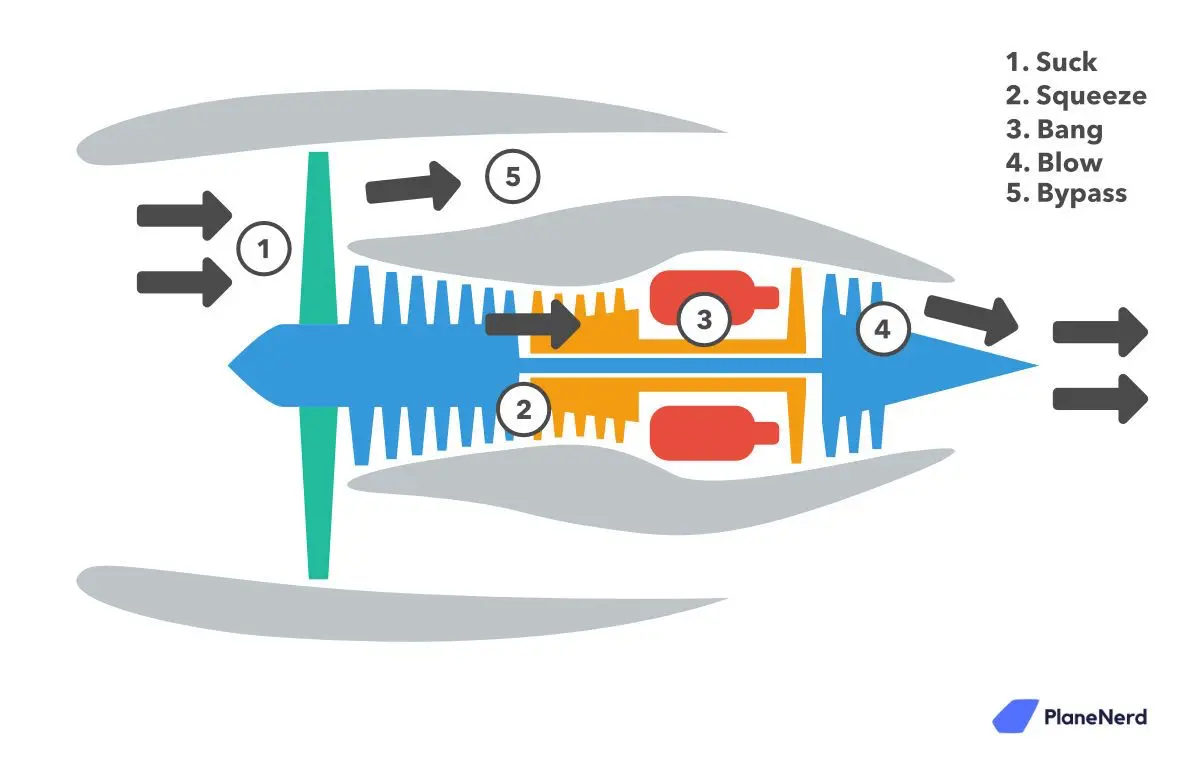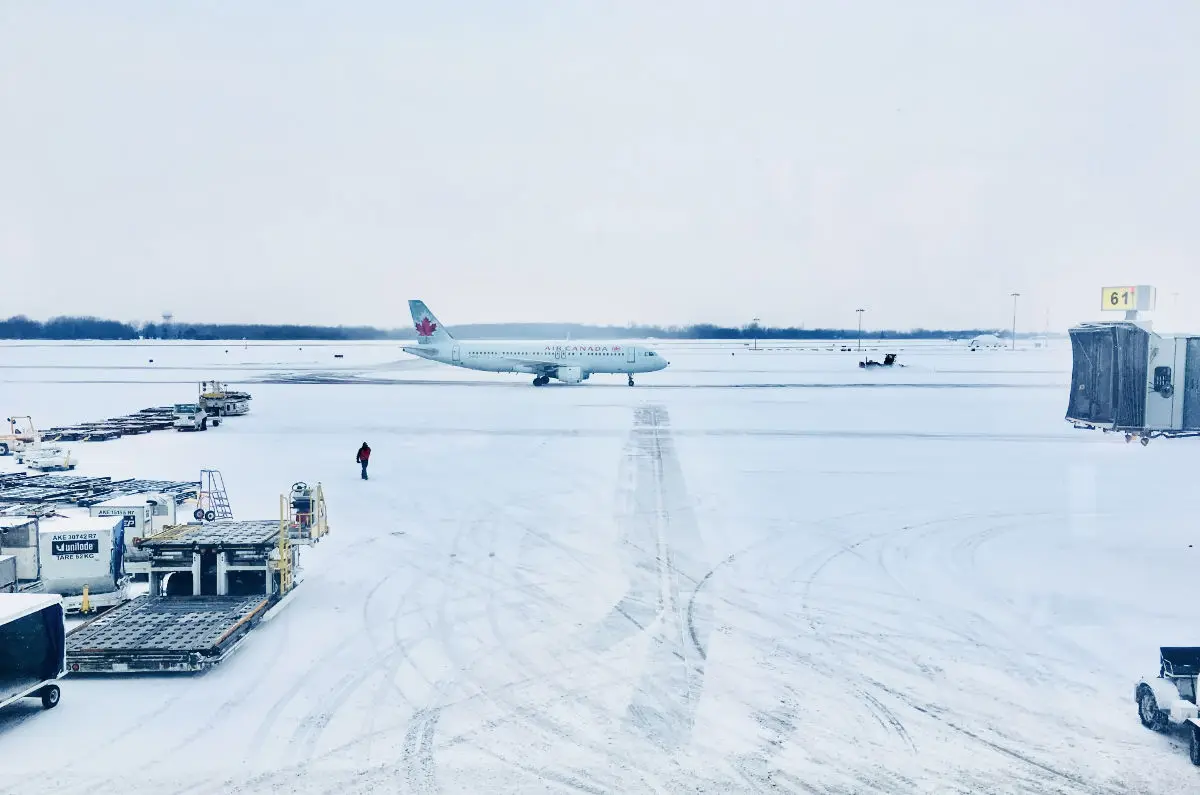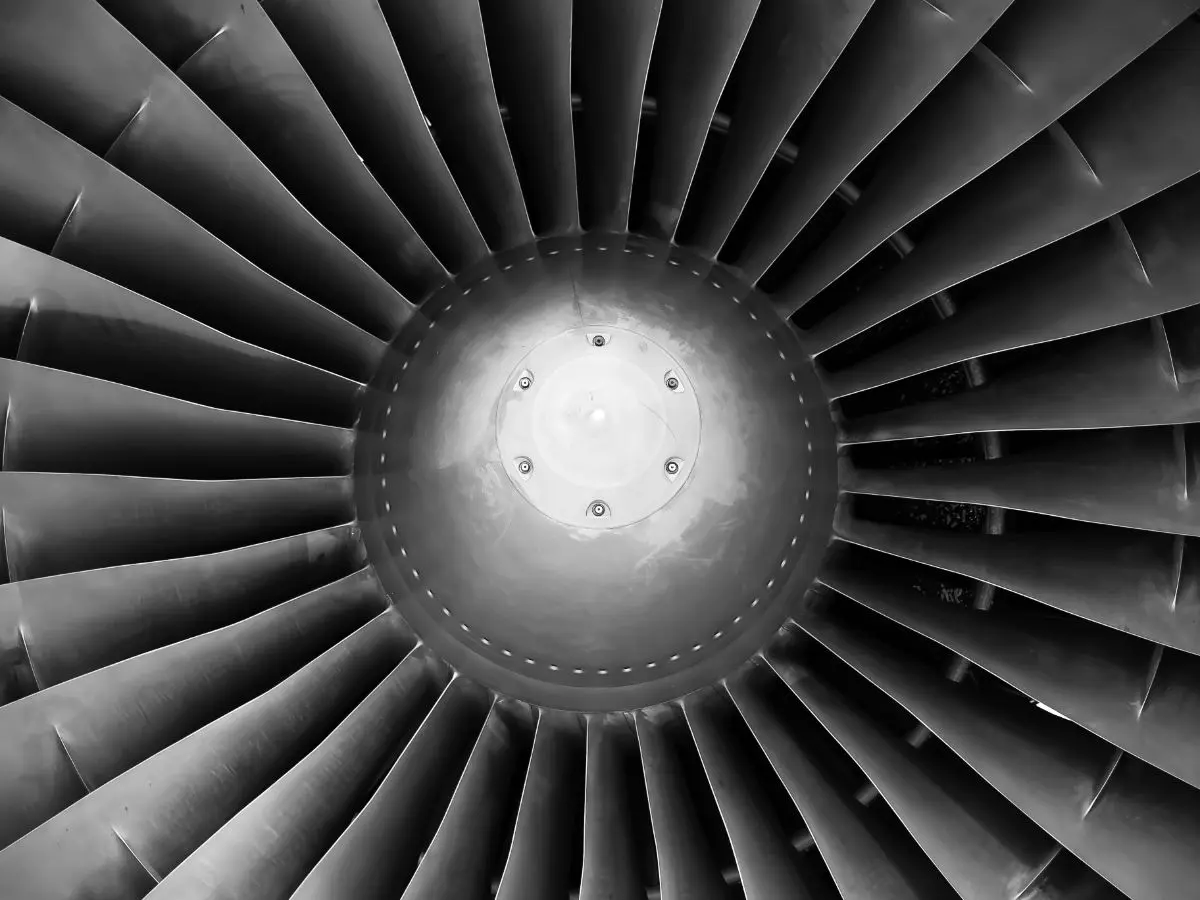
Understanding How Cold Weather Affects Jet Engines
Cold weather can have a significant impact on jet engines, affecting their performance and efficiency. Learn more about how extreme temperatures can affect jet engines.
Table of Contents
When it comes to aviation, one of the key factors that can greatly impact the performance of jet engines is the weather. Specifically, cold weather can pose unique challenges for aircraft engines. In this blog post, we will explore how cold weather affects jet engines and what pilots and engineers need to consider when operating aircraft in freezing temperatures. Understanding these impacts is crucial for ensuring the safety and efficiency of flights in cold weather conditions.
The Basics of Jet Engines
To grasp how frigid temperatures impact jet engines, a foundational understanding of their operation is essential. Jet engines are complex machines designed to propel aircraft by generating thrust and they are built to withstand extreme temperatures.
This process begins with air intake at the front of the engine. The air is then compressed to a high pressure by a series of compressor blades. After compression, the air is mixed with aviation fuel and ignited in the combustion chamber. The explosive expansion of gases from this combustion drives a turbine, which in turn propels the compressor blades and produces thrust at the engine's exhaust, propelling the aircraft forward.

1. Suck: The front fan sucks in a large amount of air. A fraction of it goes to the core and the combustion process.
2. Squeeze: The air is squeezed together in the compressor stages, increasing the pressure and temperature of the air.
3. Bang: Fuel is mixed with the compressed air and ignited in the combustion stage. The ignition causes expansion of the air, and the force is directed rearwards.
4. Blow: The hot exhaust from the combustion forces its way through the turbine. This force drives the fan and compressor (from points 1 and 2 above).
5. Bypass: The air not directed through the combustion, bypasses the engine core without further processing. Accelerated by the powerful and fast front fan, this air provides the majority of the engine's thrust, as the fan directs the air rearwards.
Source / Read more
This intricate process relies heavily on the precise conditions and properties of both the air and fuel. Cold weather can influence these conditions, altering the behavior and efficiency of the engine in multiple ways. It's the interplay of these elements under cold conditions that poses both challenges and opportunities for jet engine performance. Each stage of the jet engine's operation—from air intake to exhaust—can be affected by cold temperatures, necessitating adjustments and careful management by aviation professionals.
Air Density and its Effect on Jet Engines
Cold temperatures lead to an increase in air density, which directly impacts the operational efficiency of jet engines. With air becoming denser as the mercury drops, more oxygen molecules are present in a given volume of air. This densification can enhance the combustion process, as a richer oxygen environment allows for more complete fuel combustion, potentially boosting engine performance. However, this scenario is not without its complications. The denser air requires adjustments in engine parameters, including the rate of airflow and the precise fuel-to-air ratio necessary for optimal combustion. These adjustments are critical, as the denser air can also lead to increased resistance within the engine's components, making it more challenging to maintain the desired levels of thrust.
Moreover, the effects of cold-induced denser air extend beyond just combustion and performance. The increased density can affect the engine's ability to intake air smoothly, potentially leading to complications in the compressor stage of the engine cycle. Ensuring that these adjustments are accurately made is crucial for maintaining engine reliability and performance in cold weather conditions. Aviation professionals must closely monitor and manage these effects to keep aircraft operating efficiently, highlighting the importance of understanding and adapting to the intricacies introduced by colder climates.
Runway Altitude and its Effects on Jet Engine Performance
Runway altitude plays a significant role in how cold weather affects jet engine performance. Higher-altitude airports are often subject to colder temperatures, compounding the challenges associated with cold weather operations.
At elevated runways, the air is thinner, which means there's less oxygen available for combustion, a factor that's critical for engine performance. While cold weather increases air density, thus potentially improving combustion efficiency, the reduced oxygen content at higher altitudes can offset these benefits. Engines may require more power to achieve takeoff speeds in these conditions, leading to increased fuel consumption.
Furthermore, the colder temperatures at these altitudes can exacerbate the issues related to fuel viscosity, making it even more critical for pilots and ground crews to manage fuel temperature effectively.
Pilots must also be acutely aware of how altitude combines with cold weather to affect engine thrust, planning their flights to accommodate for potential decreases in engine efficiency. Understanding the interaction between runway altitude, air temperature, and engine performance is essential for ensuring safe and efficient aircraft operation in cold-weather environments.
Fuel and Fuel System Considerations in the Cold
In colder climates, jet fuel's viscosity can increase, which potentially hampers its flow through the engine's fuel system. This thicker fuel challenges not just the combustion process but can also strain fuel pumps and clog filters, components that are crucial for maintaining a steady and reliable fuel supply to the engine. To combat these issues, aviation professionals employ several strategies.

Preconditioning the fuel to ensure it remains at a manageable viscosity for optimal flow is one approach. Additionally, aircraft systems are often equipped with heaters and insulation designed to keep fuel at an appropriate temperature, even in the most severe cold weather conditions. Regular maintenance checks become even more vital during winter months, focusing on inspecting fuel lines, pumps, and filters for signs of icing or blockage that could impede fuel delivery.
Moreover, selecting the right type of jet fuel, one that is less susceptible to thickening at lower temperatures can be a crucial step for operations in cold environments. These measures, when effectively implemented, help mitigate the adverse effects cold weather can have on fuel and the aircraft's fuel system, ensuring that the engine operates smoothly and efficiently, regardless of the freezing temperatures it may encounter.
Jet Engine Performance in Cold Weather
The interplay between various atmospheric conditions and jet engine mechanisms under cold weather conditions is nuanced, influencing engine performance in distinctive ways.
At the core, the enhanced air density that cold weather brings can be beneficial by allowing for more efficient combustion, given the increased oxygen availability. This phenomenon can lead to improved engine thrust and efficiency, presenting an advantage in colder climates.
However, this benefit is not without its challenges. The adjustments required to manage the denser air, along with the potential for increased resistance in engine components, necessitate vigilant monitoring and precise control by aviation professionals to maintain optimal performance levels. Furthermore, the cold weather's effect on fuel viscosity introduces additional considerations for maintaining smooth fuel flow and efficient combustion.

These factors, combined with the unique challenges of cold weather starting procedures, illustrate the complexity of operating jet engines under such conditions. Aviation professionals must navigate these variables carefully, leveraging the advantages cold weather can offer while mitigating its potential drawbacks.
Effective management of these factors ensures not only the reliability and efficiency of jet engine performance in cold climates but also underscores the critical importance of preparation and adaptability in cold-weather aviation operations.
Cold Weather Starting
Initiating the startup of jet engines when the thermometer dips presents its own set of challenges. The reduced temperatures can cause fuel to thicken and mechanical components to stiffen, complicating the ignition process. To address these issues, a comprehensive preheating process is often employed, warming the engines to a temperature that facilitates smoother startups. Two methods of preheating an engine involve using electric engine heaters and portable forced air heaters.
Preheating is critical, as cold conditions may hinder the fuel's flow and affect the engine's ability to achieve the necessary combustion for startup. Implementing effective starting protocols under these circumstances becomes a pivotal practice for pilots and ground crews. By adhering to these specialized procedures, they ensure the engine's components are adequately prepared for the demands of ignition in a cold environment. This proactive approach aids in overcoming the initial hurdles posed by cold weather, enabling a reliable start that paves the way for safe flight operations under frosty conditions. Failure to preheat in freezing temperatures can lead to costly repairs down the line.
Summary
Cold climates present unique challenges and opportunities for jet engine performance. The key to navigating these conditions lies in understanding and adapting to the specific ways in which cold weather influences engine operation. The increase in air density associated with lower temperatures can enhance combustion efficiency, offering a potential boost in engine thrust and overall performance. However, this advantage comes with the caveat of requiring careful adjustments to airflow and fuel-to-air ratios to ensure optimal engine functionality. Additionally, the cold impacts fuel viscosity, necessitating strategies to maintain fluidity for efficient fuel delivery and combustion.
At higher altitudes, where the air is naturally colder and thinner, the balance between leveraging denser air for improved combustion and managing reduced oxygen availability becomes critical. The meticulous preparation of engines and fuel systems to withstand cold starts and operate smoothly in cold environments is paramount. This includes preheating procedures and regular maintenance checks focused on preventing fuel system clogs and ensuring the integrity of engine components.
Ultimately, successful flight operations in cold weather depend on a comprehensive approach that encompasses both a technical understanding of jet engine dynamics under such conditions and the practical application of this knowledge through careful planning and procedure implementation.
Also read:
Planenerd Newsletter
Join the newsletter to receive the latest updates in your inbox.






